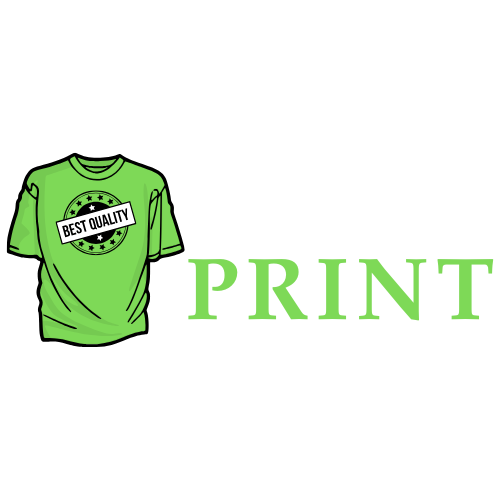Subscribe to Updates
Get the latest creative news from FooBar about art, design and business.
Browsing: DTF Transfers
DTF transfers business is reshaping how brands bring designs to life on apparel, merging cutting-edge technology with scalable production.A clear niche, solid equipment, and a focus on profitability set the stage for sustainable DTF printing profitability and steady growth.
DTF transfers have revolutionized the world of printing by delivering vibrant color, durability, and a soft hand feel.This guide explains the concept and how it fits into a beginner’s workflow, with practical examples.
DTF transfers have emerged as a game-changer in garment printing, delivering vibrant color, durable adhesion, and a flexible workflow that suits both hobbyists and pro shops.In the world of DTF printing and direct-to-film processes, think of it as a heat-activated adhesive that travels from a coated film to fabric, a practical path for how to apply DTF transfer.
DTF transfers have revolutionized how creators translate ideas into wearable art, turning bold concepts into tangible garments with a process that blends innovation, accessibility, and the practical versatility needed in today’s fast-moving design cycles.As a bridge between traditional printing and modern customization, direct-to-film printing offers a versatile path from concept to product, giving designers, hobbyists, and small brands a way to move from sketch to stitched statement while experimenting with textures and color layers.
DTF transfer troubleshooting is essential for anyone working with direct-to-film transfers.Whether you’re printing on cotton tees, blends, or performance fabrics, getting durable, vibrant results depends on a methodical approach to common DTF transfer issues.
DTF transfers equipment is the backbone of a practical home studio, enabling consistent, high-quality transfers and transforming brainstorming into scalable production for hobbyists and small businesses.A well-planned DTF setup starts with the printer that can lay down a white base and vivid CMYK layers, paired with reliable film and ink supplies and tested print profiles to ensure repeatable results.
DTF vs DTG is a pivotal debate for apparel brands weighing cost, quality, and fulfillment speed in today’s increasingly competitive market, where decisions ripple from unit economics to customer satisfaction and long-term brand equity, influencing channel strategy, wholesale terms, and the ability to scale without sacrificing core values.DTF transfers offer durable results across a wide range of fabrics and are supported by straightforward color management, reliable wash performance, and scalable throughput, while DTG printing adds a complementary dimension of vibrancy on cotton and light blends, delivering a satin-soft hand for premium product lines.
DTF transfers vs heat transfer is a pivotal debate shaping how brands approach customization, production speed, and fabric compatibility.This comparison helps designers weigh color fidelity, texture, and fabric versatility as they map designs to practical production workflows.
DTF Transfers 101 is your practical entry point into the world of direct-to-film graphics, guiding you step by step through the essential tools, the right materials, and a repeatable workflow that you can adapt as your projects grow.In this guide you’ll learn what DTF transfers are and why they’re popular for vibrant, durable apparel, while highlighting foundational elements like DTF transfer tools, reliable DTF printing materials, and practical tips for setting up your workstation.
DTF transfers on dark garments are transforming how brands achieve vibrant, durable designs on black and other deep-toned fabrics, offering a versatile path from concept to finished garment and expanding options for logos, photography, and artwork that pop, while also enabling more economical, scalable production for small runs and large campaigns alike.The core challenge on dark substrates is preserving brightness and opacity, which demands a carefully planned white underbase, strategic color layering, calibrated print density, and precise curing to prevent dulling after heat pressing, while also aligning with DTF transfer techniques for dark fabrics and the goal of bright colors DTF on dark garments, even on tricky blends.
